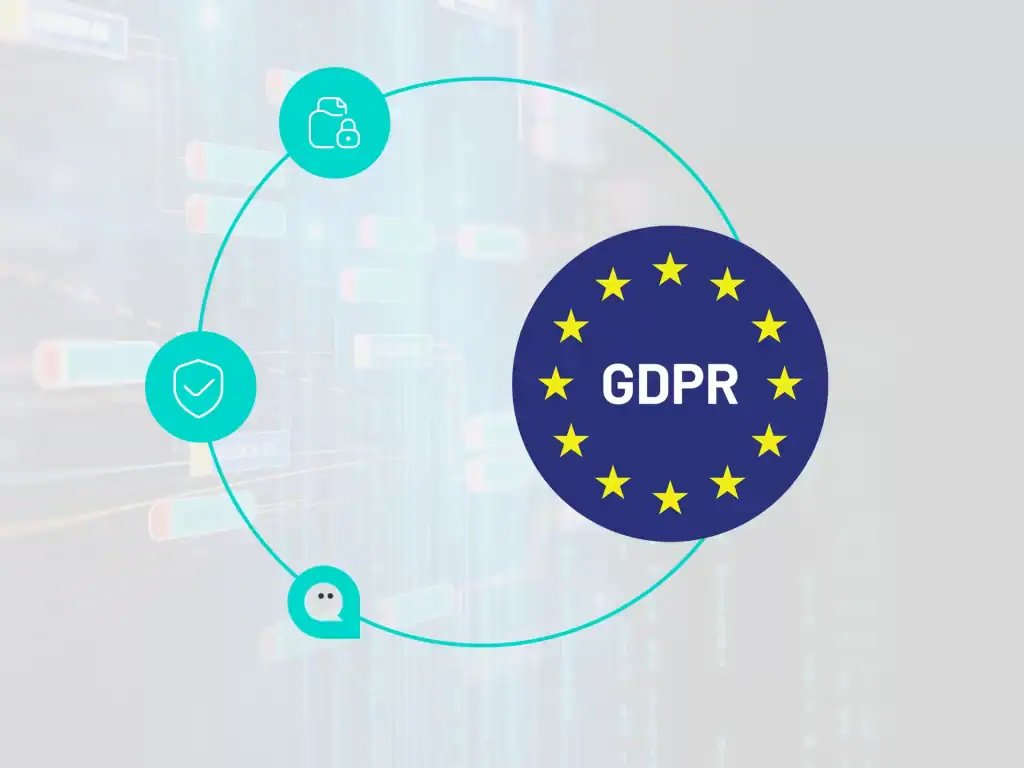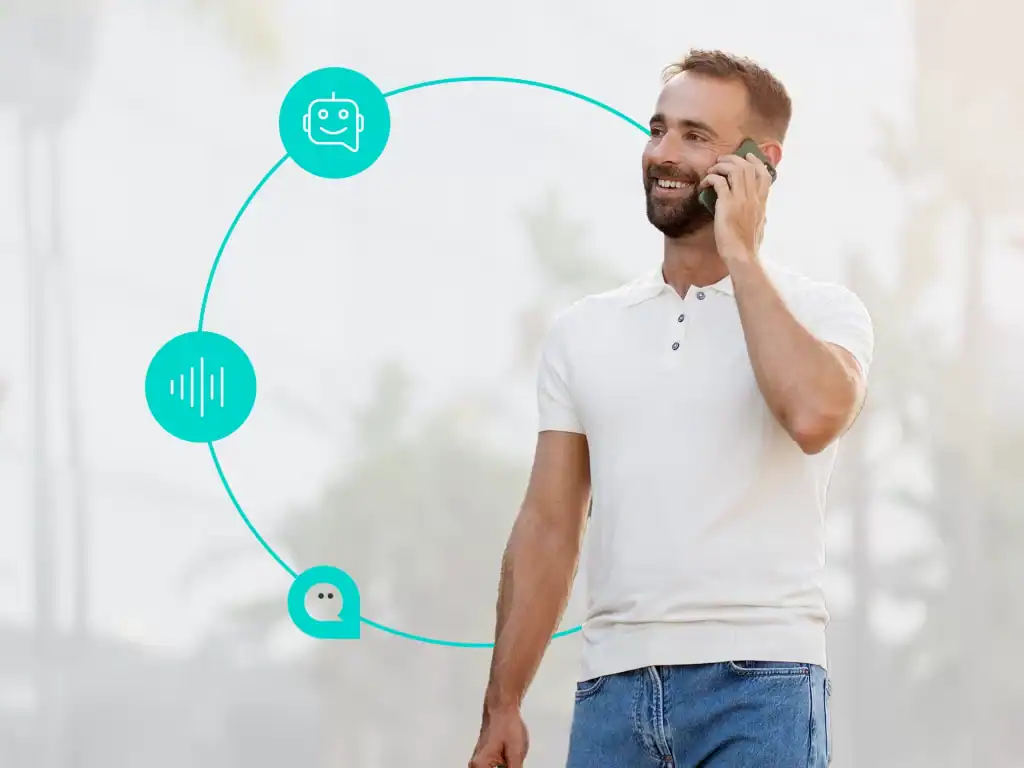IVR stands for Interactive Voice Response: interactive voice response, which is a technology that allows customers to interact with a telephone system through a voice menu configurable to a company’s specific needs. IVRs are increasingly established systems with which users have become familiar. Their main use over the years has been to help companies and related customer services differentiate traffic in order to provide accurate responses based on operators’ skills.
Over time, they have become a powerful ally in providing routine information via recorded messages and in cope with large volumes of calls. The latest developments have made them an even better performing tool. Through voice recognition systems, they enable the customer to speak in natural language, recognize him through interfacing with major CRM systems, verify his needs through artificial intelligence, and respond directly to his request by managing the end-to-end process.
How IVRs work and why they can help businesses
IVR systems respond to input via voice responses and/or commands via given via telephone keypad. The user makes a call and the interactive voice response system replies with a greeting, presenting the customer with a menu of requests. The user answers and, depending on the configuration of the IVR system, the IVR system will connect the caller with the most appropriate agent.
IVR systems save time and economic resources, interactions are more productive and promote contact center efficiency. These systems allow users to take advantage of a convenient self-service mode, promoting satisfaction. According to some data released by Forrester, 77% of consumers cited 24/7 availability as a reason for liking IVRs and in the past five years the number of customers who prefer automation has doubled to 55 percent.
IVR systems and customer experience
IVRs provide a direct response to the consumer’s need, exponentially improving the customer experience and providing a different user experience than traditional IVRs.
The evolved IVR allows service levels to be supported at peak times, thereby freeing up high-value resources to handle more complex tasks. There are several scenarios that are opened up by the introduction of an evolved IVR, enabling the following Improving the customer experience:
- Automatic management of dispositive actions. For example, checking the status of an order, checking the balance of loyalty card points, etc.
- Automatic information management: data information on procedures, general alerts, FAQs, train schedules, traffic etc.
- Support for data entry via tone keypad or voice recognition.
- Automatic on-call management.
IVR, voice bots, reduced wait time: total support during the customer journey
IVR systems use speech recognition and support users throughout the customer journey. The goal is to help operators streamline processes.
- A phone call takes less time and therefore the impact on an operator’s hours worked is streamlined.
- ASR-based technology allows the voice bot to ask a user to release certain information. The system is able to check whether that data refers to a master data already in the database and passes the information to the operator. This is done during the call queue, saving time and also making waiting productive.
- The waiting time is exploited to provide information in self mode, helping the operator in view of the customer interaction. This makes procedures more efficient and increases customer satisfaction.
- IVR systems can also be used for the purpose of automatic identification, ensuring call deflection.
The use of IVR (Interactive Voice Response) in XCALLY for call automation
IVR is a key feature offered by XCALLY, a cloud-based contact center platform. IVR allows for the automation and management of incoming calls through an interactive menu that guides users to desired resources and information.
With XCALLY’s IVR designer, incoming calls are directed to a customized menu that can be configured to meet specific company needs. Through voice prompts or numeric selections, callers can interact with the system and choose desired options.
Here are some ways in which XCALLY utilizes IVR:
- Call routing: IVR can be configured to automatically route calls to appropriate departments based on choices made by callers in the menu. For example, a caller can select option 1 for customer service or option 2 for technical support.
- Providing prerecorded information: IVR can play prerecorded messages to provide callers with general information such as opening hours, addresses, or basic instructions. This helps reduce the workload of human operators and provides immediate answers to common questions.
- Queue management: IVR can inform callers about expected wait times and allow them to choose whether to remain in the queue or request a callback. This helps improve the customer experience by enabling them to make informed decisions and reducing frustration from long wait times.
- Identity verification: IVR can be used to collect identification information from callers, such as account numbers or PINs, in order to authenticate them before transferring the call to a human operator. This helps ensure the security and privacy of sensitive information.
- Feedback collection: IVR can be used to gather feedback from callers through short surveys or questions. This provides valuable information to the company for evaluating customer satisfaction and improving services.
Overall, the use of IVR in XCALLY allows for the automation and effective management of incoming calls, improving operational efficiency and the overall customer experience.






